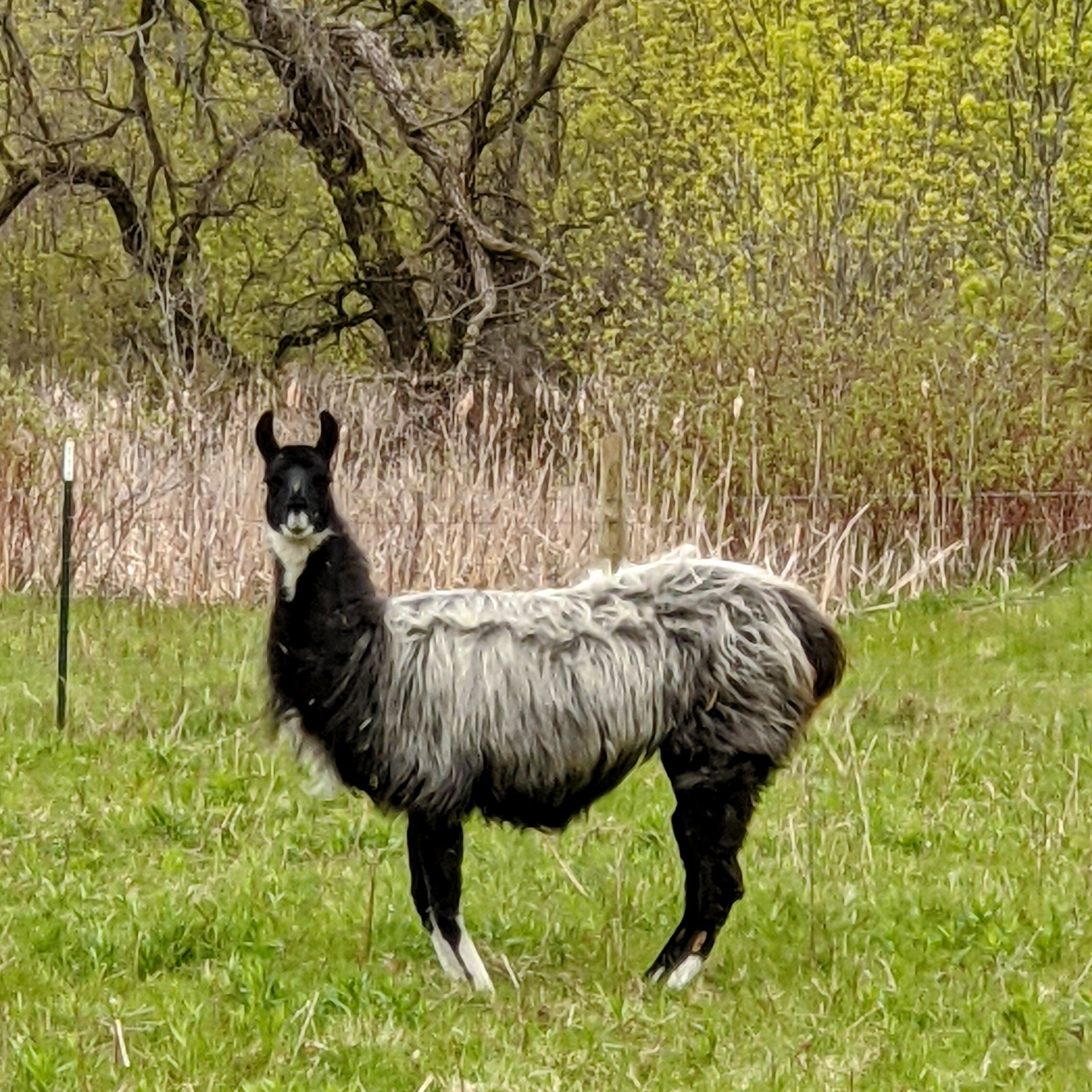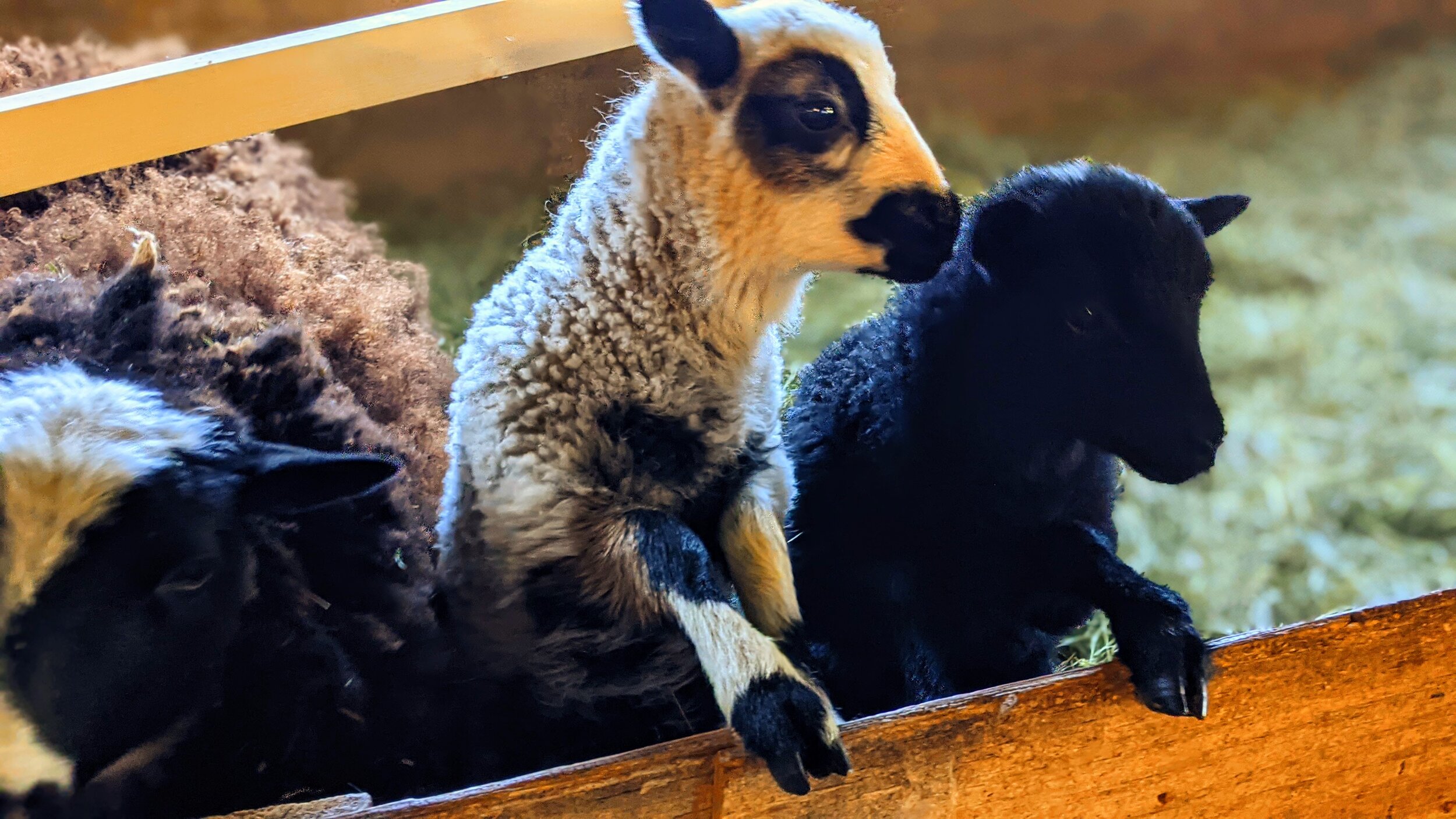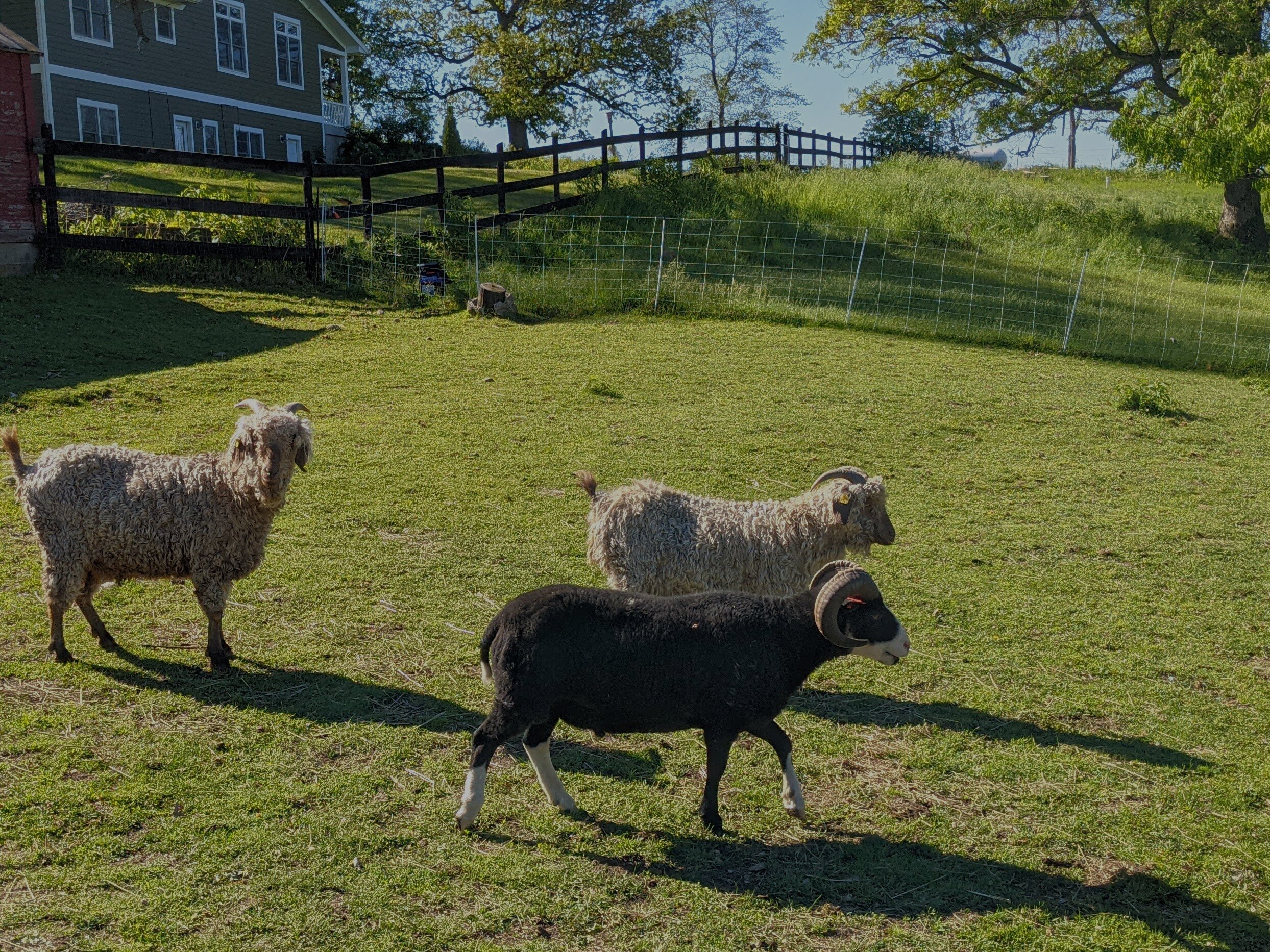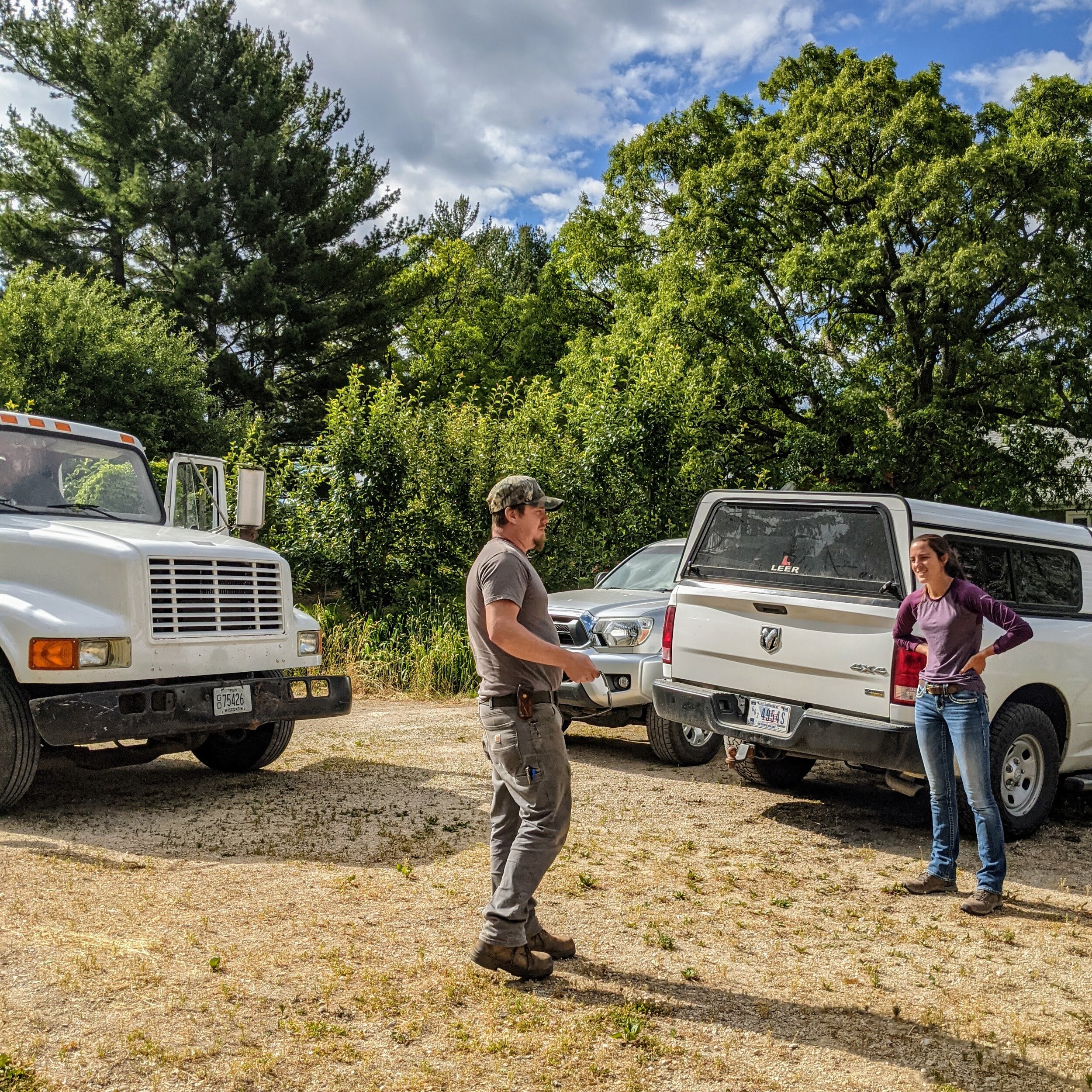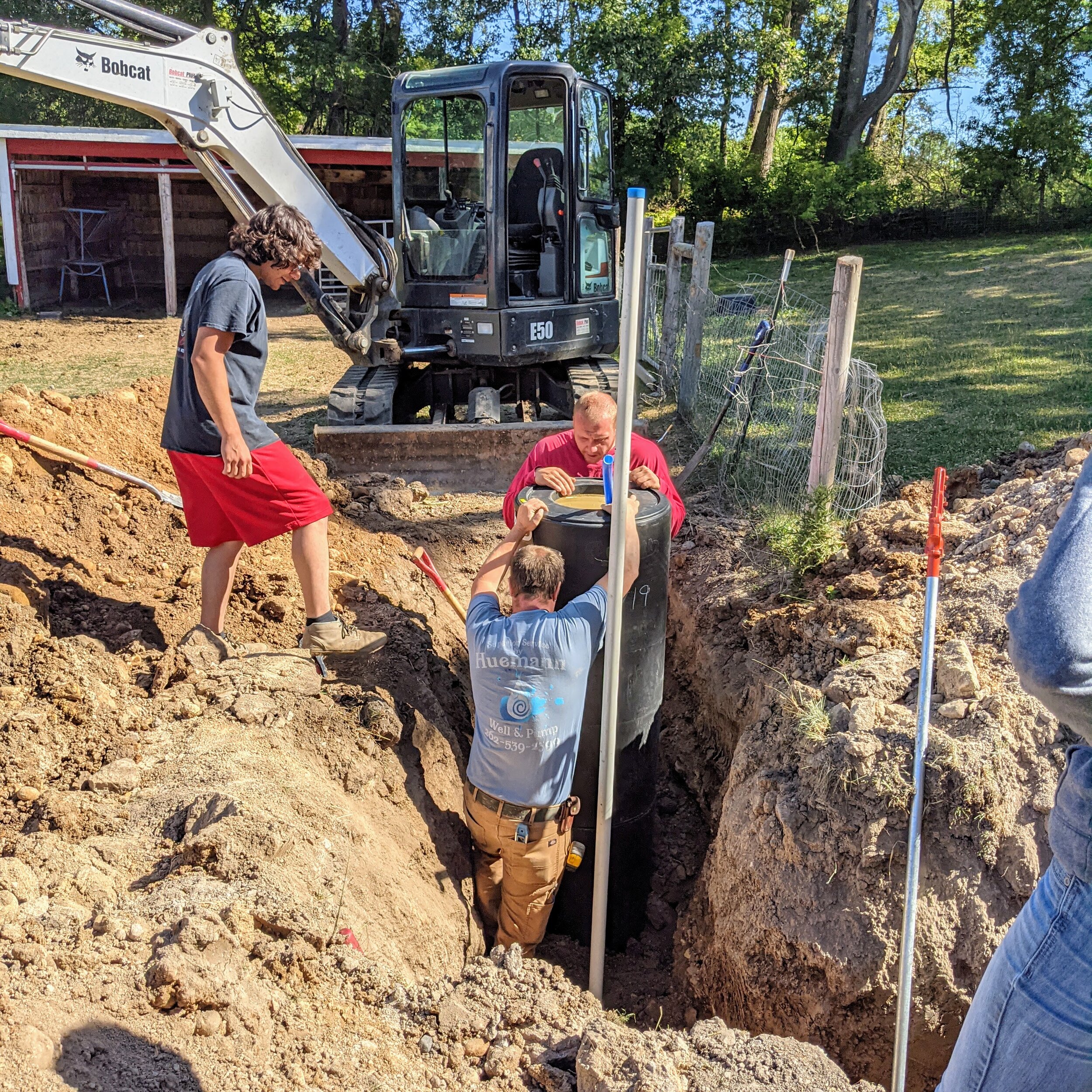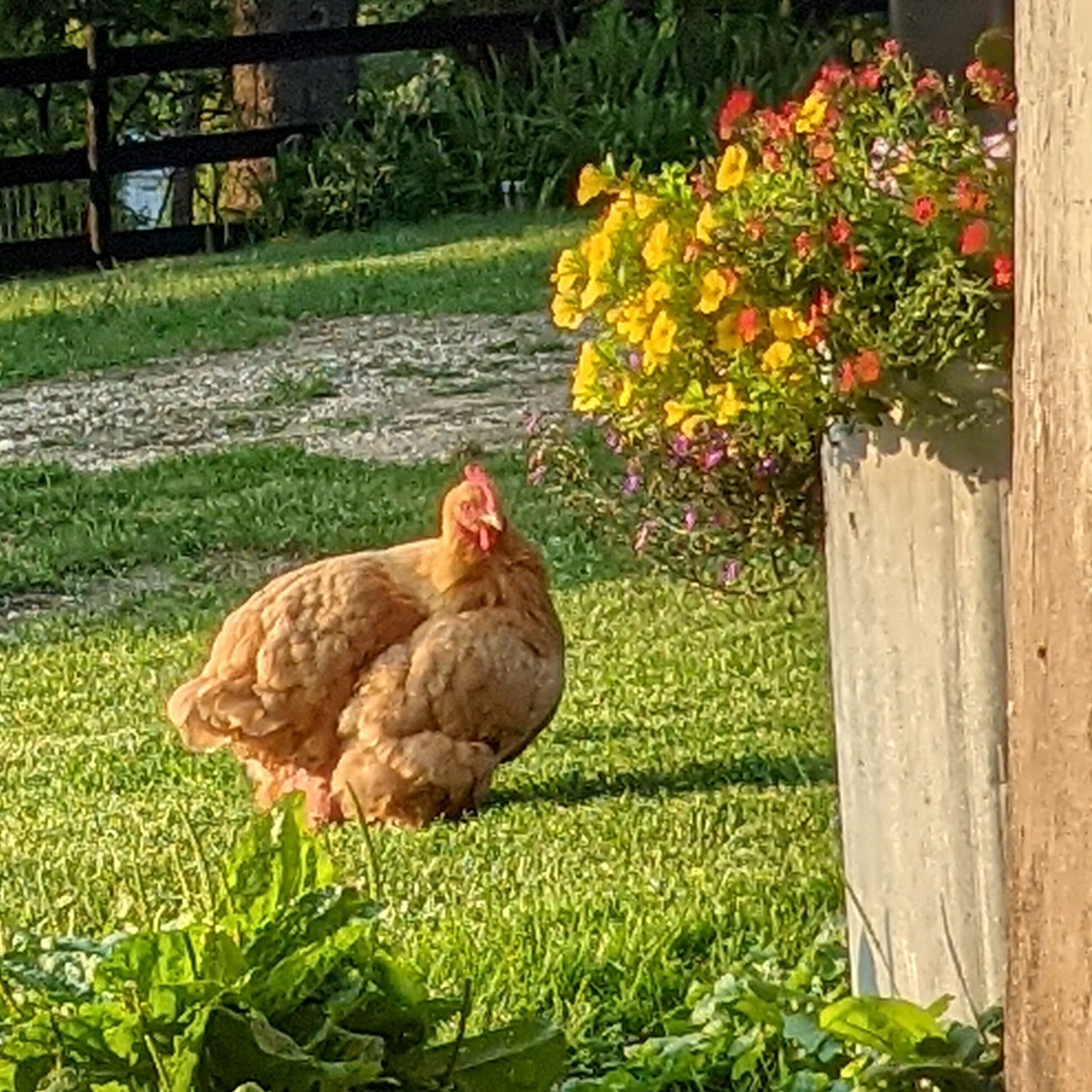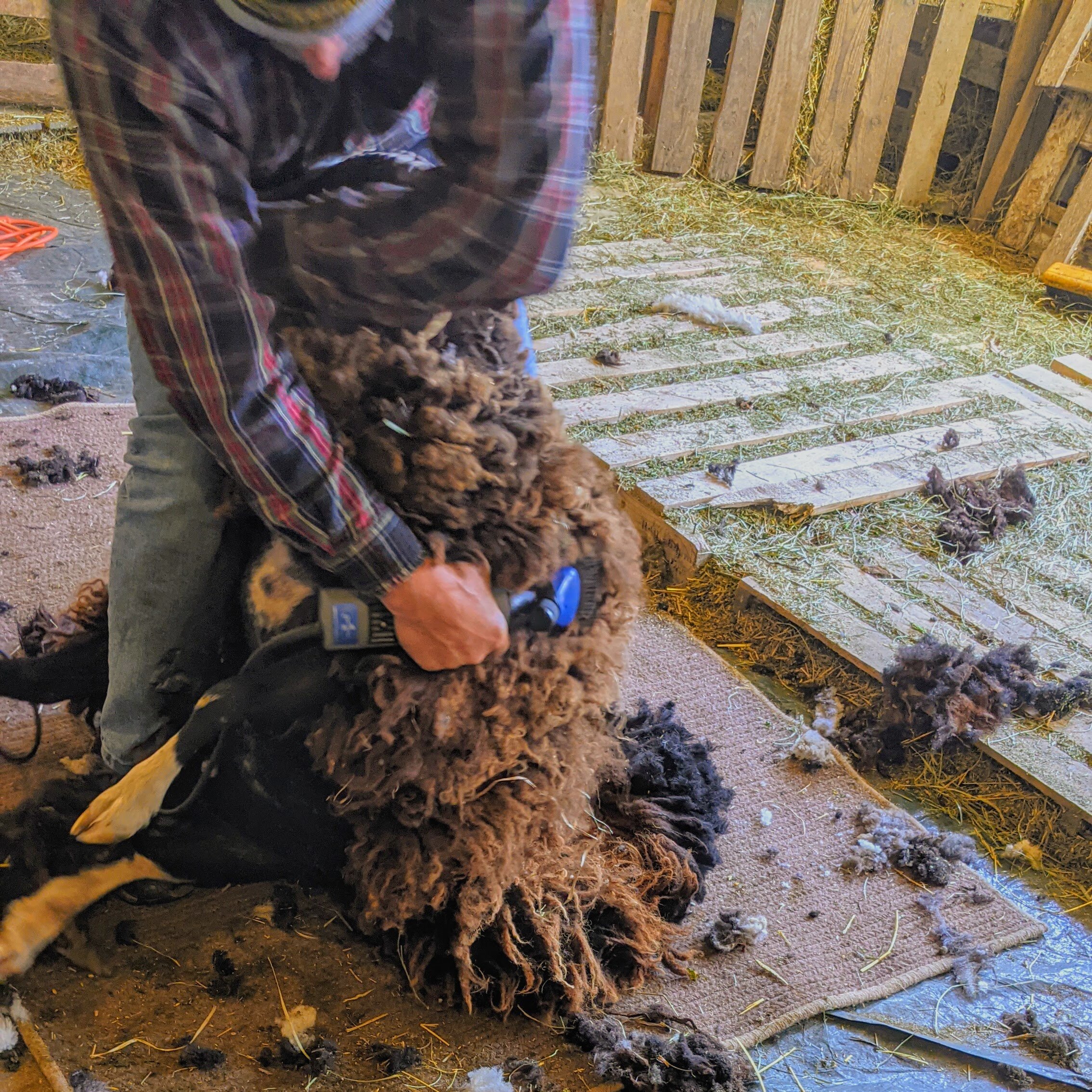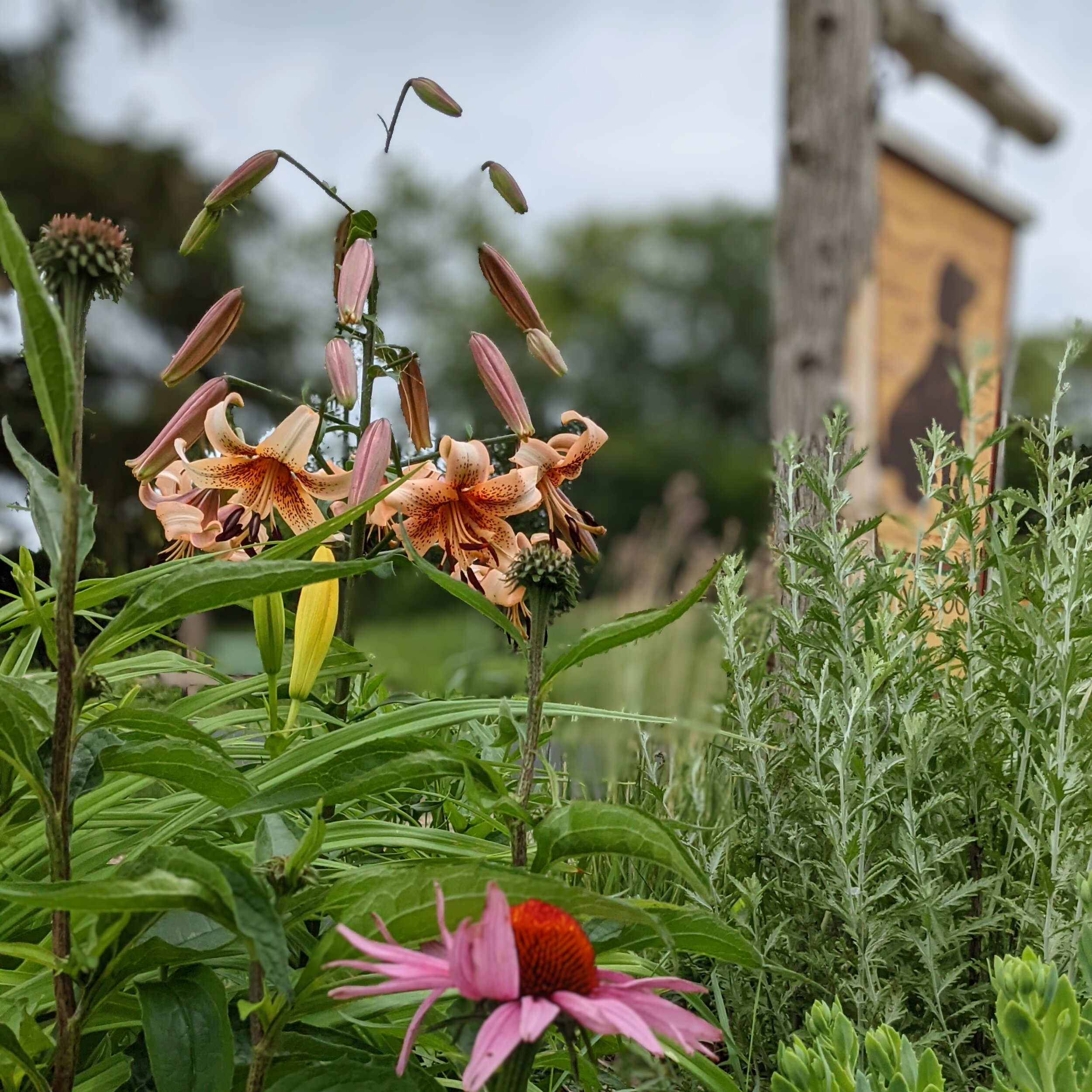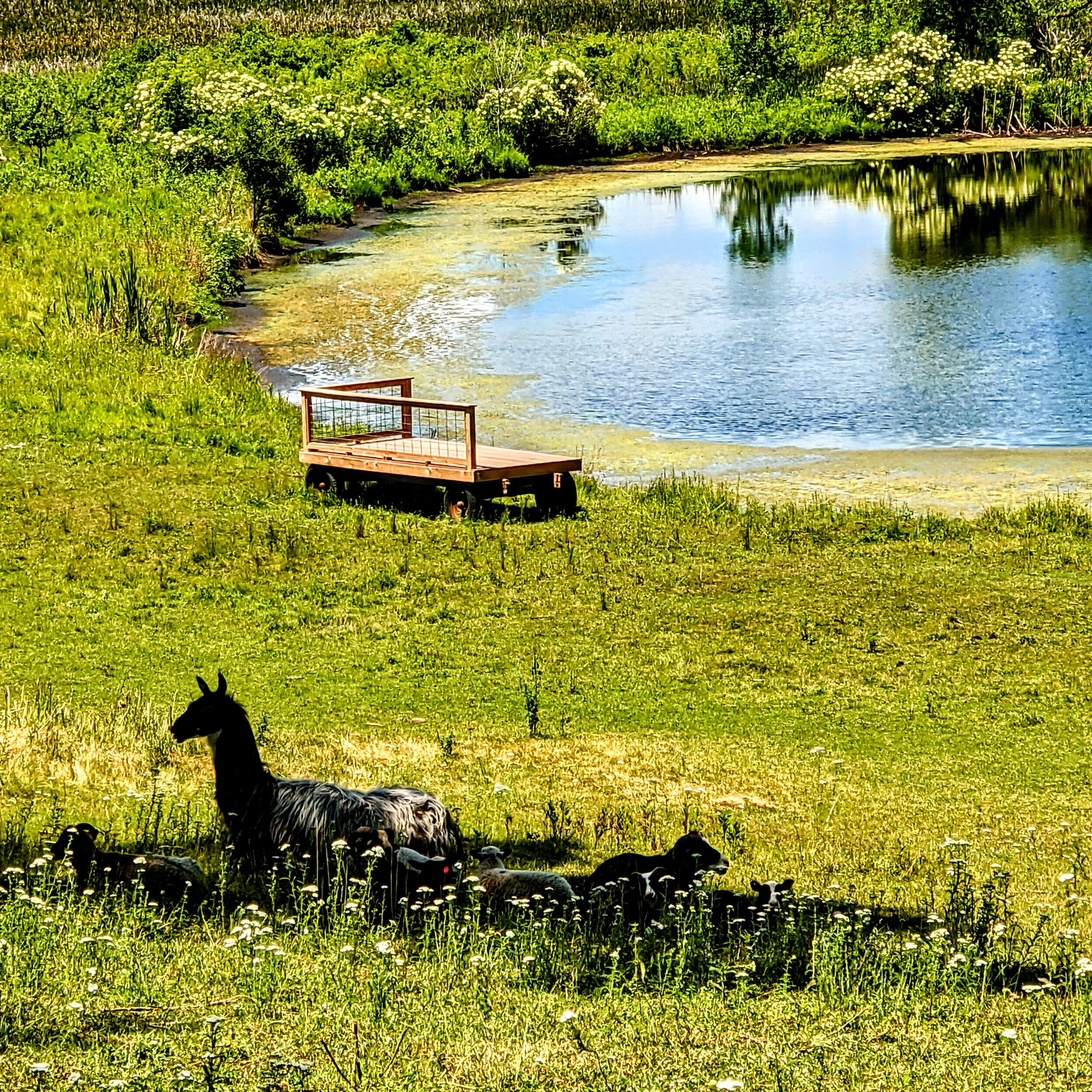June and July, EQIP , Oh My!
June began with visits from American Pelicans on their migration north to Canada. Our geese were flabbergasted at their size and appetites!
Wow June flew by and I never got to y’all to update. So, this is a June/ July update.
What a month. We are on our way to being a full-fledged sheep farm and set on the path towards regenerative grazing. I know I have been talking about this for about 5 years, but things are getting real around here. I think I have mentioned I have been working with the NRCS and received a contract for an EQIP grant. Most folks are not aware of what the NRCS is and what they do so I will give you a quick primer as to where your tax dollars go when they send it to the USDA.
The USDA, the United States Department of Agriculture, was established by Abraham Lincoln to provide leadership on food, agriculture, natural resources, rural development, nutrition, and related issues.
“We have a vision to provide economic opportunity through innovation, helping rural America to thrive; to promote agriculture production that better nourishes Americans while also helping feed others throughout the world; and to preserve our Nation's natural resources through conservation, restored forests, improved watersheds, and healthy private working lands.”
The USDA consists of 14 agencies including the Farm Service Agency (FSA), the Forest Service (FS) and the Natural Resources Conservation Service (NRCS).
One of its main mission areas is Farm Production and Conservation (FPAC). This is the Department’s focal point for the nation’s farmers and ranchers and other stewards of private agricultural lands and non-industrial private forest lands. FPAC agencies implement programs designed to mitigate the significant risks of farming through crop insurance services, conservation programs and technical assistance, and commodity, lending, and disaster programs.
In every rural county in the country there is a USDA Farm Production and Conservation Business Center that houses the Farm Service Agency (FSA), Natural Resources Conservation Service (NRCS)and the Risk Management Agency (RMA). This is where farmers and ranchers go to turn in their crop reports, apply for commodity insurance and get information and technical assistance on the latest scientific and agricultural practices and policies.
In 1935, in the aftermath of The Dust Bowl, Congress recognized that "the wastage of soil and moisture resources on farm, grazing, and forest lands . . . is a menace to the national welfare" and established the Soil Conservation Service (SCS) as a permanent agency in the USDA. In 1994, SCS’s name was changed to the Natural Resources Conservation Service to better reflect the broadened scope of the agency’s concerns. In doing so, Congress reaffirmed the federal commitment to the conservation of the nation's soil and water resources, first made more than 80 years ago, that continues to this day. The NRCS partners with farmers and ranchers to provide both technical and financial assistance to establish and adopt conservation practices on their land.
When we purchased Brown Dog Farm, we renewed the Conservation Stewardship Program (CSP) contract that Bob and Marilyn Jacobsen had initiated. A certain amount of our field that abutted a wetland was held in reserve and planted in a native grass buffer. If we maintain it, and refrain from putting it into production, we receive a small payment from the USDA. This incentive helps protect our wetland and the water quality, provides habitat for grassland birds, and serves as a buffer to the cropland run off. This is the way our government pushes a conservation policy. It is one we whole-heartedly support, and we have renewed the original contract.
Through my contact with this program and through exposure to other grazing farmers, field trips and pasture walks, I found out about another financial assistance program of the NRCS.
The Environmental Quality Incentives Program (EQIP) provides financial and technical assistance to agricultural producers to address natural resource concerns and deliver environmental benefits such as improved water and air quality, conserved ground and surface water, increased soil health and reduced soil erosion and sedimentation, improved or created wildlife habitat, and mitigation against increasing weather volatility.
In 2021, NRCS is providing $10 million to support climate-smart agriculture and forestry through a targeted EQIP signup in Arkansas, Florida, Georgia, Michigan, Minnesota, Mississippi, Montana, North Carolina, Pennsylvania and Wisconsin. States were selected based on demonstrated demand for additional support for climate-smart practices.
While NRCS offers a broad array of conservation practices, the agency identifies a sub-set as critical for reducing greenhouse gas emissions, sequestering carbon and ultimately mitigating the impacts of climate change. These climate-smart conservation practices are prioritized in this targeted EQIP signup period and support systems for:
Building soil health.
Improving nitrogen management.
Improving livestock waste management systems.
Enhancing grazing and pasture management.
Improving agroforestry, forestry and upland wildlife habitat.
Improving conservation management for rice production.
I have been working with the NRCS for 3 years and this year, I was granted a contract under this new funding initiative. Our holistic goals for Brown Dog Farm align well with the program’s goals. Our farm is sited up-hill and adjacent to a wetland, our pastures had been overgrazed and our farm fields are degraded.
I worked all last year with Grazing Technician, Mike Gehl, to develop a grazing plan that would work on our property, utilizing sheep to help revive our pastures and take our crop land out of tillage and into perennial pastures. We will improve the water retention and diminish erosion and runoff into the wetland. We will improve the water holding capacity of our fields to help us become more resilient, in case of drought. We will raise fine fiber, and meat on grass, through managed rotational grazing. We will promote a diverse pasture mix through seeding down new pastures and renovating our existing pastures by rotating animals through the pastures and then resting them to establish deep roots and thriving diverse pasture communities of grasses and forbs. We will build soil.
And so, this year we started with the improvements to get us moving in that direction. My first improvements were to establish the water infrastructure to get water to my animals on pasture. Our water situation was less that optimal so part of the grazing plan included an improvement to our water lines down to the barn and additional yard hydrants that will feed the water lines out to the pastures.
We had Heumann Well and Pump come out and dig a 6’ deep trench in a U-shape around our barn, disconnect the old line that went into the lower level of the barn and needed to be repaired and instal 2 new yard hydrants. We also put in a Cobbett, automatic frost-free waterer. It uses geothermal heat from 10’ deep in the ground to keep the insulated line from freezing. This is installed in our winter lot right outside the barn. I no longer will need to run stock tank heaters all winter and break the ice off the tanks or drag buckets of water down from the house.
The grant is a cost share, so we put in and the NRCS puts in. It is a partnership. They sent out civil engineer Brittney, as part of the team to monitor the install and then follow up with as-builts. I am so thankful for the technical support and financial aid this grant has afforded me to move forward with my goals for our farm. They will continue next year with the next phases of the plan.
We also have begun to use temporary electric netting charged by a solar powered charger, to subdivide our pastures into smaller paddocks. This gives the pastures a rest and the chance to regrow. All the animals have been trained to the fence and they respect it. Our granddaughter Harper has tested it also. Rubber shoes and dry conditions made it less than effective on her!
The dirt is beginning to settle back into the trench, tho’ it will probably take ‘til next year for it to smooth back down. The waterer is working great, and we added a pair of Icelandic ewes, Emma and Lilith, to our flock. We will be sending Fergus to Pinn Oak Ridge ( the lamb processor where I am working these days) later this month, his hide will go up to Driftless Tannery and I will clean and mount his skull to keep those beautiful horns.
Fleece samples were sent to Texas A&M, to be tested and all came back with great micron counts, everyone in the mid 20’s so we should have beautiful fleeces for next year. All have been skirted, now to begin the processing. I think I may send them out to a mill.
We have been challenged this year with a very hot and very dry June. We were able to get a first cutting of hay into the barns with the help of the Mueller clan and Angus. We are hoping for more rain, so the grass continues to grow and provide us with feed for the winter. I was going to purchase more sheep this year, but I may hold off. If we have a shortage of hay because of the drought I do not want too many mouths to feed over the winter. Slow and steady is our motto here.
So, the next month we will just keep grazing the flerd, and put up fencing and enjoy this warm season.
Thanks for all the support and interest. I hope you have a sense of what our USDA does for small farmers. Thank you- your tax dollars are much appreciated, I do not take lightly the responsibility I undertake. Happy Summer-
Rachel -Your Farmer Artist

